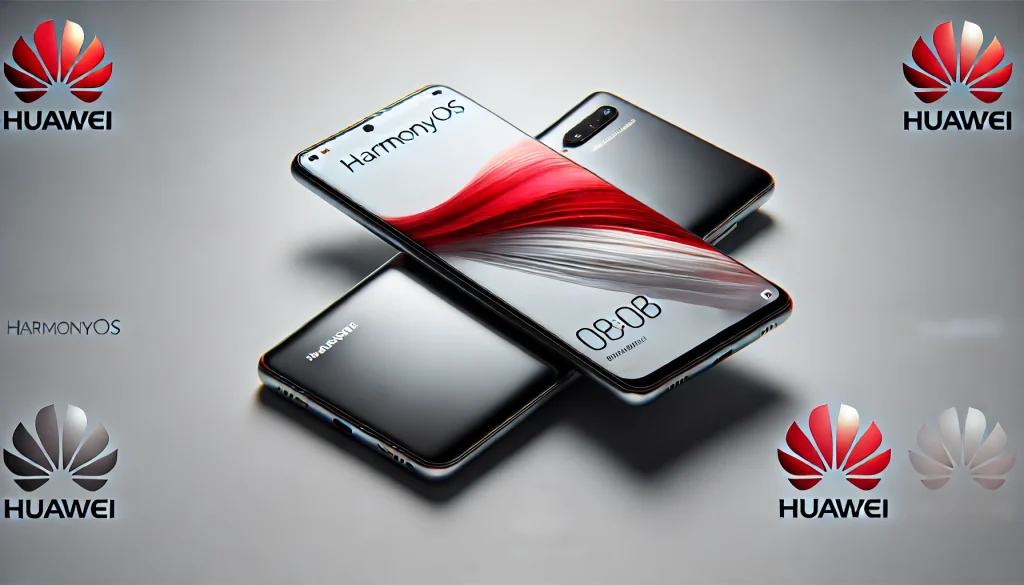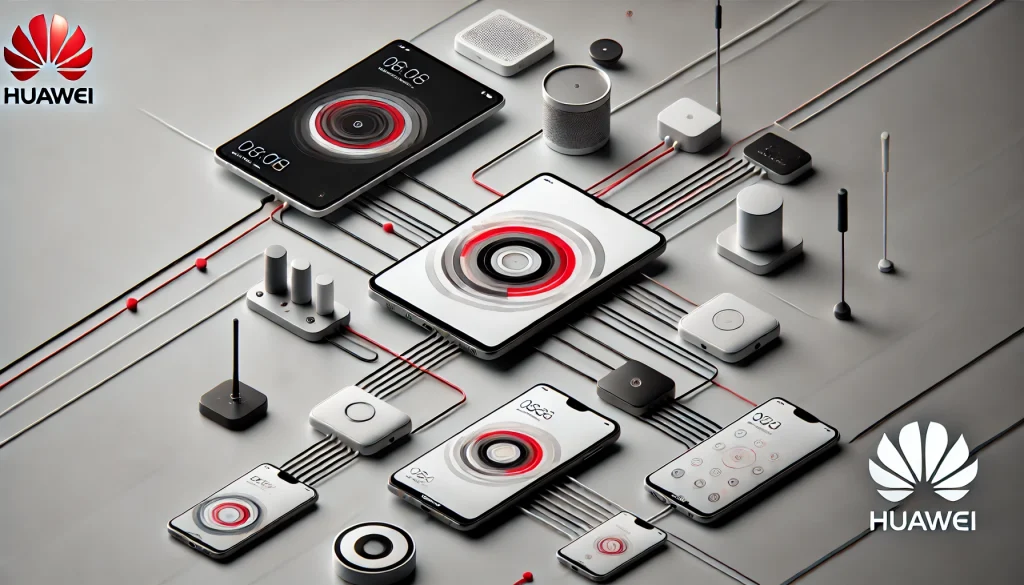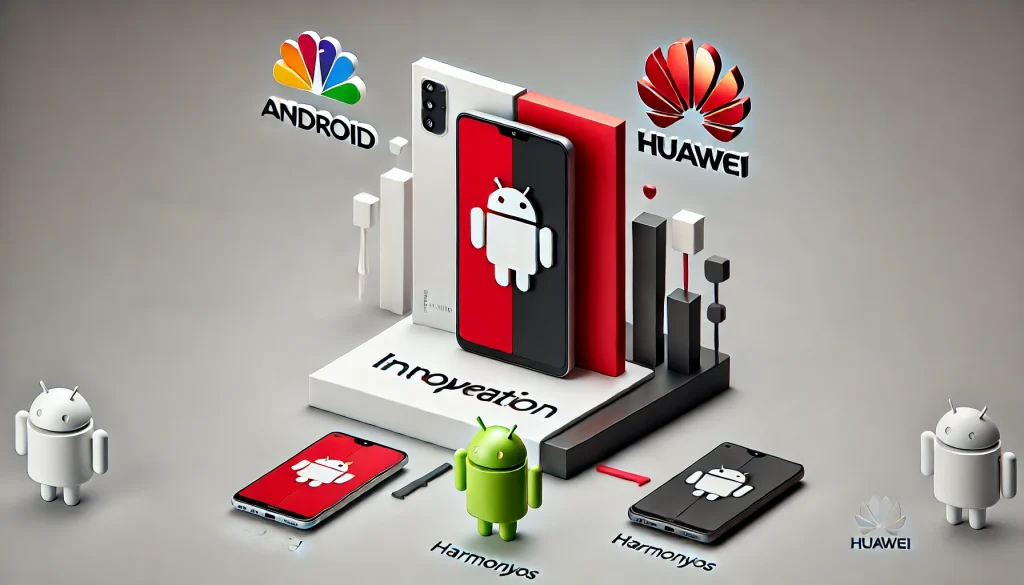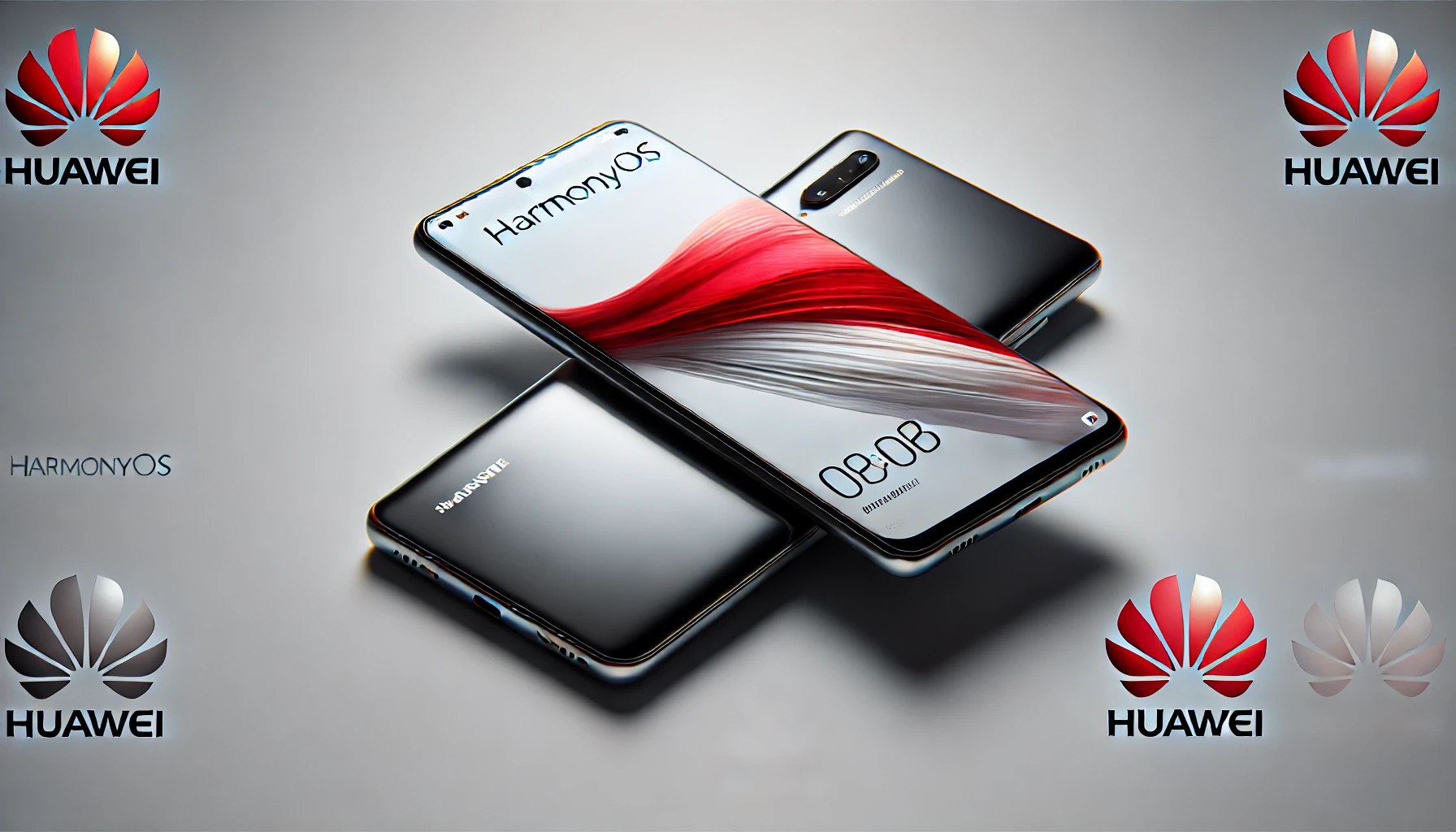
Huawei is once again making headlines with its decision to fully transition away from Android as it prepares to launch HarmonyOS Next. This bold move reflects the company’s commitment to building an independent ecosystem powered by its own hardware and software integrations. For years, Huawei relied on Android for its mobile operating systems, but with HarmonyOS Next, it is cementing its path toward autonomy. This shift is a major milestone for Huawei fans and industry professionals, signaling the next phase in the company’s ambitious journey toward a self-sustaining technological ecosystem.
What’s to Come?
Huawei recently confirmed that HarmonyOS Next, the fully native version of its operating system, is set to launch without relying on Android apps. This marks a definitive break from the Android ecosystem as Huawei moves toward a more integrated and streamlined user experience. According to the company’s October 2024 announcement, HarmonyOS Next will feature deep AI integration through Huawei’s Pangu models, elevating user interactions. This shift offers greater flexibility for Huawei devices and serves as a cornerstone for its expanding AI and IoT ecosystem. Key updates indicate a more secure OS with faster updates and optimized features across all devices.
Release Date and Location
The official launch of HarmonyOS Next is scheduled for October 20, 2024, in Shenzhen, China. Huawei has confirmed that this unveiling will also include demonstrations of the operating system’s cutting-edge features, especially its AI capabilities powered by Pangu models. HarmonyOS Next will be initially available in China, with a gradual rollout to other global markets throughout the year.
Behind the Innovation

At the forefront of this revolutionary development is Huawei’s team of engineers and software developers. Key figures like Richard Yu, CEO of Huawei’s Consumer Business Group, have strongly supported the company’s goal to move beyond Android. Yu recently emphasized that the new OS is *”more than just an Android alternative,”* aiming to build a future-proof platform for AI-driven devices and the IoT ecosystem. This transition is powered by Huawei’s Pangu AI models, designed to enhance the user experience across its full range of smart devices.
Why It Matters?
Huawei’s shift from Android to HarmonyOS Next is a major move in the tech industry. This decision goes beyond software, as Huawei is reshaping its ecosystem to reduce reliance on external platforms. By doing so, it responds to both competition and political pressures. For users, it offers better control over updates, security, and AI features, enhancing the speed and functionality of its devices. Additionally, by creating a system independent of Google, Huawei is poised to gain influence in regions less reliant on Western tech companies. This move establishes Huawei as a pioneer in next-gen technologies and ecosystems.
From the Developers

According to Huawei’s developers, HarmonyOS Next is the culmination of years of rigorous development and innovation. Richard Yu recently emphasized that HarmonyOS Next aims to “unite all types of devices into a single, intelligent, and adaptable ecosystem,” positioning it as a robust platform for seamless device integration. Developers have confirmed that the OS leverages the AI-driven Pangu model to enhance user interactions, predicting and adapting to real-time needs. By distancing itself from Android and Google services, Huawei is positioning itself as a stronger global contender in the operating system market.
Conclusion
In summary, the upcoming release of HarmonyOS Next marks a significant milestone in Huawei’s journey towards complete ecosystem independence. By transitioning away from Android and introducing a native OS, Huawei is taking control of its software ecosystem. This move enables the company to innovate freely, enhancing AI integration and IoT capabilities. This shift allows Huawei to stand out and compete more effectively in the fast-changing tech landscape. As HarmonyOS Next advances, the tech world will watch closely to see its impact on the mobile OS industry and Huawei’s future.
Resources
- 9to5Google. HarmonyOS NEXT: Official Launch and What to Expect
- GSMArena. Huawei HarmonyOS NEXT: Launch Date Confirmed
- HarmonyOS Official Website. Huawei’s HarmonyOS NEXT: A Game Changer in OS Development
- Huawei Central. HarmonyOS NEXT: Huawei’s Leap Beyond Android
- Huawei Community. HarmonyOS NEXT: Shaping the Future Without Android

Brijesh Gohil is the founder of Tech Brij, A popular Tech Blog which is focused on Tech tips & Buying Guides. You can follow him on Facebook, Twitter, Google + & LinkedIn.

